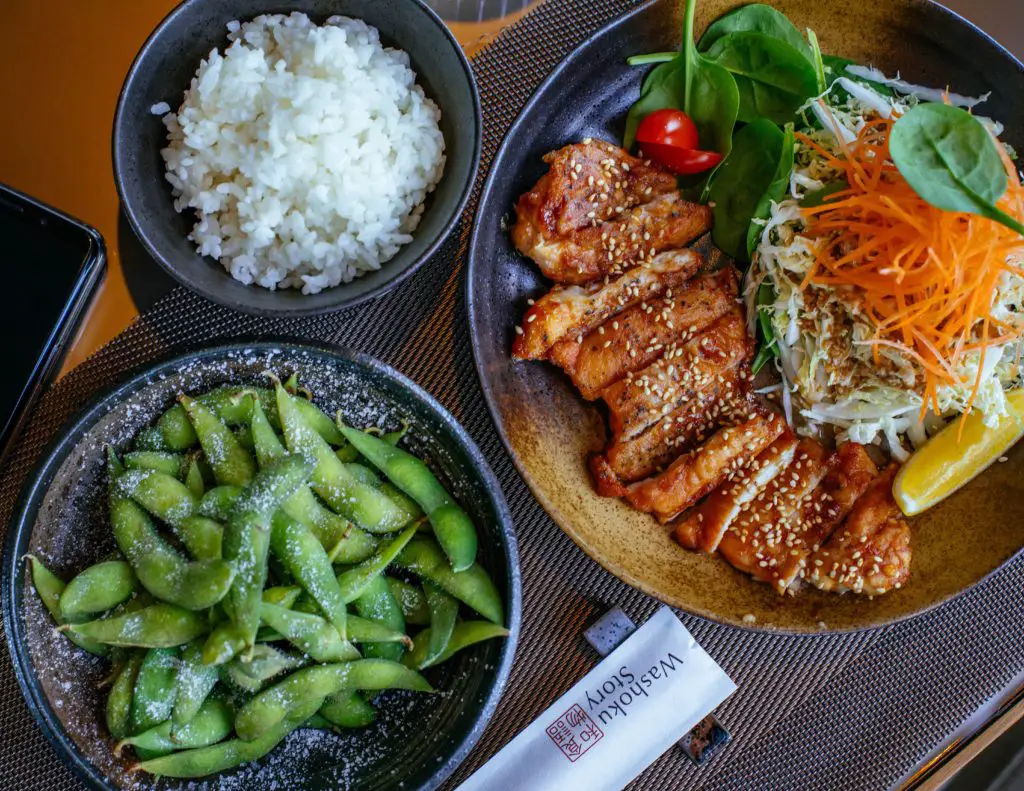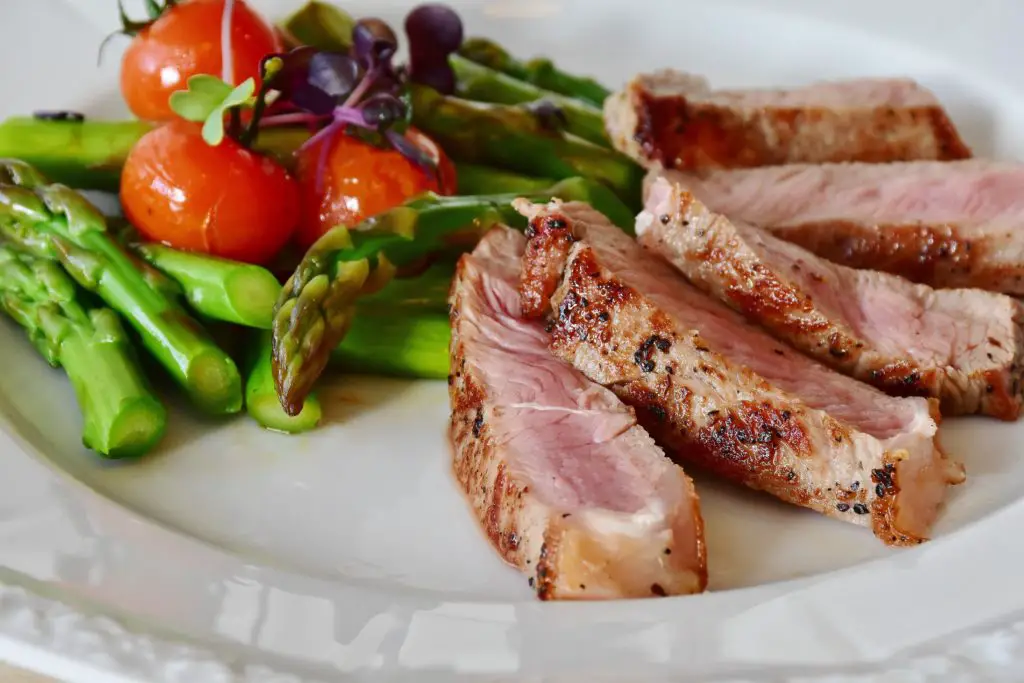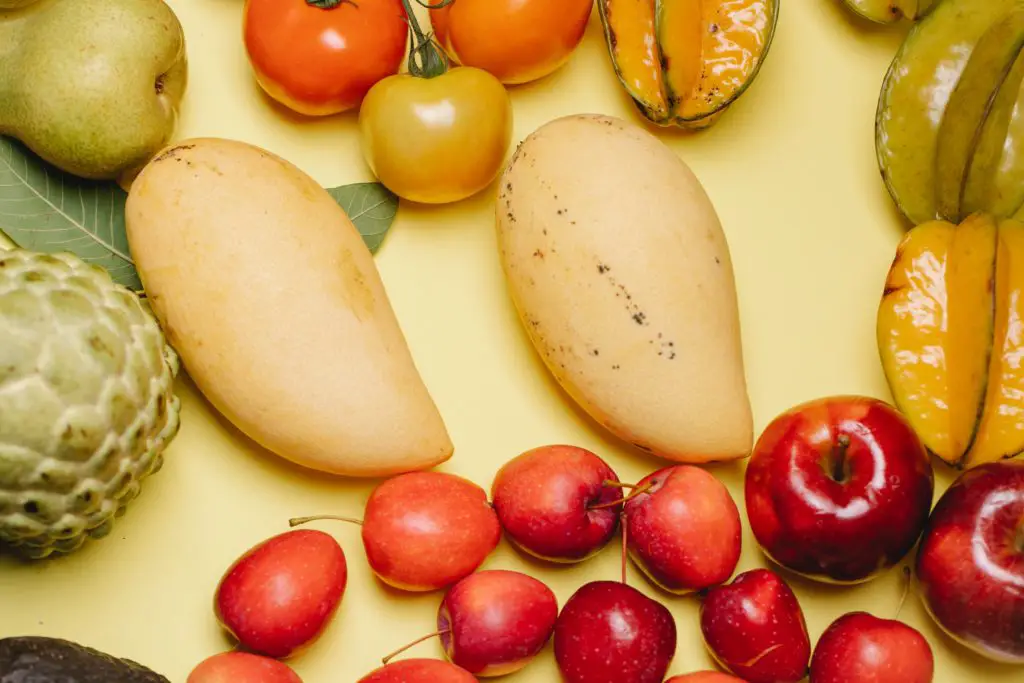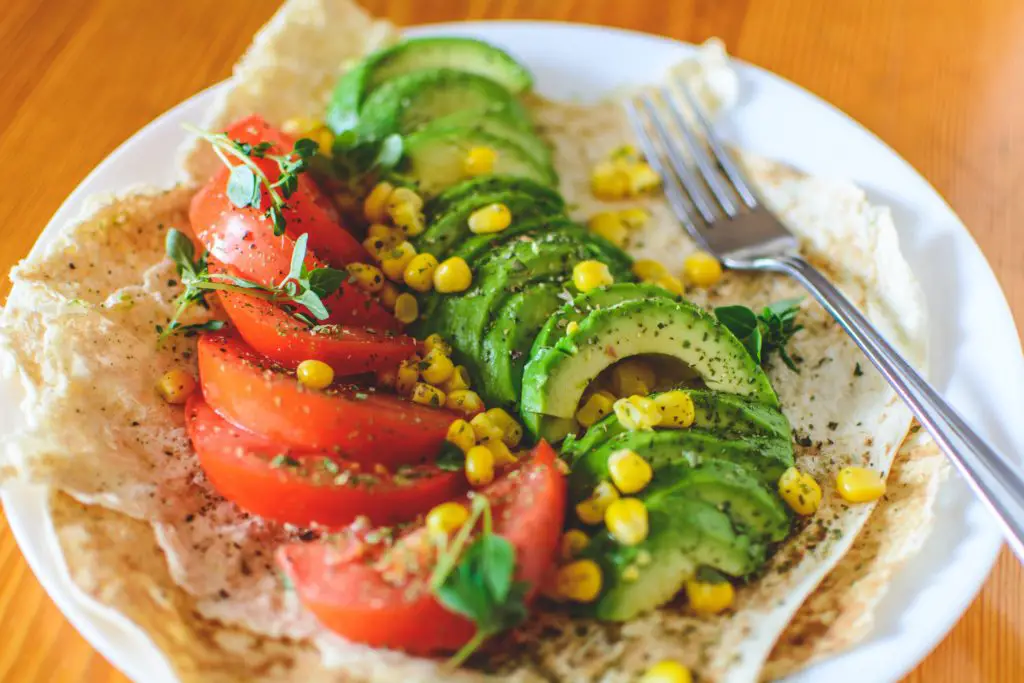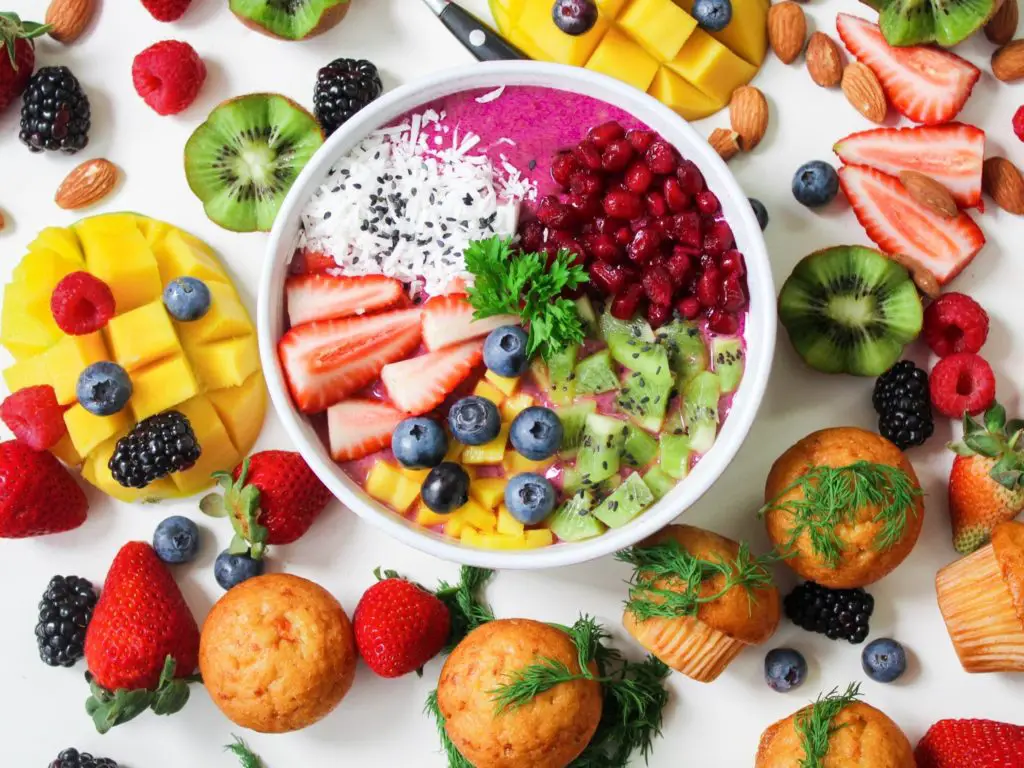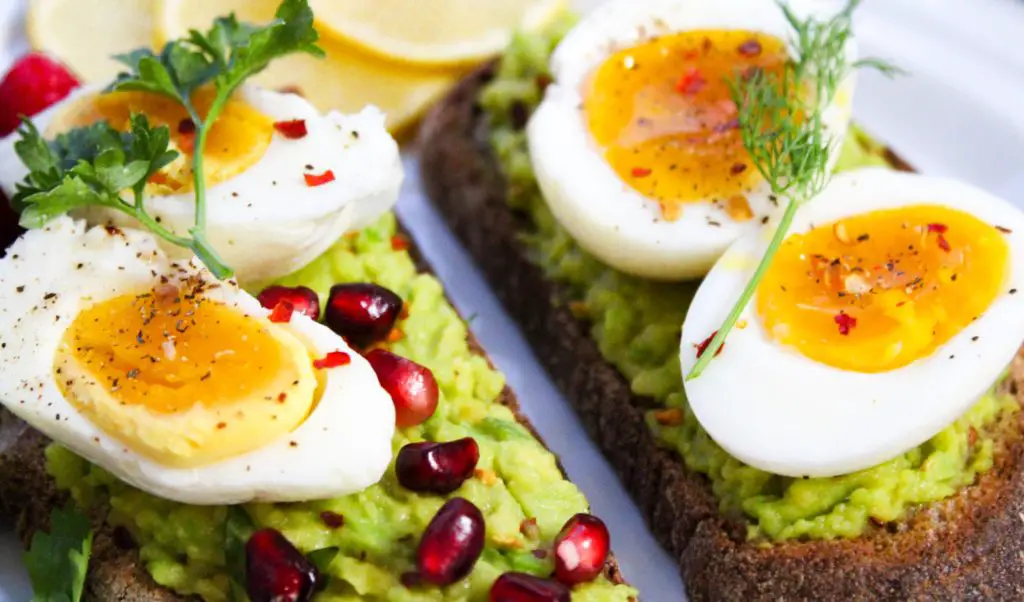What is Volumetrics Diet?
Pioneered by Penn State University nutrition professor Barbara Rolls, Volumetrics Diet is more of an approach to eating than it is a structured diet. With “The Ultimate Volumetrics Diet“ (Hardcover, ebook) book as your guide, you’ll learn to decipher a food’s energy density, cut the energy density of your meals and make choices that fight hunger. Food is divided into four groups or categories.
- Category one (very low-density) includes nonstarchy fruits and vegetables, nonfat milk, and broth-based soup.
- Category two (low-density) includes starchy fruits and veggies, grains, breakfast cereal, low-fat meat, legumes, and low-fat mixed dishes like chili and spaghetti.
- Category three (medium-density) includes meat, cheese, pizza, french fries, salad dressing, bread, pretzels, ice cream, and cake.
- Category four (high-density) includes crackers, chips, chocolate candies, cookies, nuts, butter, and oil.
You’ll go heavy on categories one and two, watch your portion sizes with category three, and keep category four choices to a minimum. Each day, you’ll eat breakfast, lunch, dinner, a couple of snacks, and dessert. Exactly how strictly you follow Volumetrics is up to you. Though the books contain recipes and some sample meal plans, the point is to learn the Volumetrics philosophy and apply it where you can throughout the day. See where you can replace a category four-item with a category one item, for example.
Pros
- Filling
- Nothing is off-limits
Cons
- Lengthy meal preparation
- If you don’t like fruits, veggies and soup, forget it
Volumetrics Diet IS Ranked
- No.2 diet in Best Weight-Loss Diets (Tie)
- No.4 diet in Best Diets for Diabetics (Tie)
- No.4 diet in Best Diets for Healthy Eating (Tie)
- No.4 diet in Best Fast Weight-Loss Diets (Tie)
- No.5 diet in Best Overall Diets (Tie)
- No.6 diet in Best Heart-Healthy Diets (Tie)
- No.7 diet in Easiest Diets to Follow (Tie)
How does Volumetrics Diet work?
To get started on Volumetrics Diet, go for foods high in water. These play a big role in Volumetrics since water increases the weight of food without packing in additional calories. Your best bets include:
- Soup (80 to 95% water)
- Fruits and veggies (80 to 95% water)
- Yogurt (75% water)
- Pasta (65% water)
You’re also encouraged to eat foods similar to what you’re craving: crunchy carrots and hummus, say, instead of chips and dip. No foods are off-limits. And if there’s a category four favorite you can’t do without, indulge, as long as you make trade-offs elsewhere.
How much does Volumetrics Diet cost?
No exotic ingredients are required, so groceries shouldn’t cost more than they typically do. And there’s no membership fee. The diet’s individualized nature gives you financial wiggle room by making dinner from whatever produce is on sale, for example. You will, however, need “The Ultimate Volumetrics Diet“ to help get you started. The book includes Rolls’ 12-week structured plan for managing weight, along with a four-week meal plan. There’s also books, “The Volumetrics Eating Plan” (Hardcover, Ebook, Audio CD) (with 125 recipes) and “The Volumetrics Weight-Control Plan.” In addition, you can find a few other books about the Volumetrics Diet by other authors.
Will Volumetrics Diet help you lose weight?
You will very likely lose weight following the Volumetrics plan. In general, diets rich in low-energy-dense foods have been shown to promote fullness on fewer calories and deliver weight loss, according to the Centers for Disease Control and Prevention. Several systematic reviews and meta-analyses of observational studies have found lower-energy-dense diets to be associated with lower body weights.
There may even be hope for those who aren’t big fans of veggies. For those who may not love the taste of vegetables, researchers investigated whether adding puréed vegetables to decrease the energy density of meals and increase daily vegetable intake would help with weight loss. Over three weeks, 41 adults ate their breakfast, lunch, and dinner at a lab. Some received the standard version of each meal; others got meals with 75% or 85% of the standard energy density by the addition of puréed veggies. Participants rated their hunger and fullness before and after meals. The meals with puréed veggies decreased daily calorie intake between 200 and 360 calories. Despite the decreased energy intake, ratings of hunger and fullness didn’t significantly differ across the three groups. Entrées were rated as similar in palatability across conditions. The researchers concluded that adding pureed veggies can lead to substantial reductions in energy intake and increases in vegetable intake, reported in a 2011 issue of the American Journal of Clinical Nutrition.
Here’s what several key studies had to say about Volumetrics and weight loss:
- A 2014 Drexel University study published in the journal Obesity looked at a variety of weight loss methods, including the Volumetrics approach of eating low-energy-dense foods. While all 132 participants in the study lost weight, the ones following a Volumetrics eating plan had “a superior outcome,” having the greatest success in keeping the weight off – even two years after the termination of the study.
- In a study published in the American Journal of Clinical Nutrition in 2007, researchers randomly assigned 97 obese women to either a low-fat diet or a low-energy-dense, low-fat diet that emphasized fruits and vegetables. After a year, both groups lost weight, but the fruits-and-vegetables dieters lost even more –14 pounds compared with 11 pounds. The researchers deemed low-energy-dense diets an effective way to drop pounds and keep them off.
- In another study, co-authored by Rolls, researchers investigated ways to maximize weight loss on a low-density diet. Two hundred overweight and obese adults were placed on a low-density diet and divvied into four groups: one got a serving of soup a day, another got two servings of soup and a third got two daily snacks, like crackers or pretzels. (Soup, a high-water, low-density food, is a staple on the Volumetrics eating plan.) People in a fourth comparison group shaped their own low-density diet, without any special food instructions. After one year, those who supplemented their daily menu with one soup serving lost 13 2/5 pounds, compared with 15 9/10 for the two-soup group, 10 3/5 for the two-snack group, and 17 9/10 for the comparison group, according to findings published in Obesity Research in 2005. Though the exact number of pounds lost varied, the study suggests that a diet high in low-density foods leads to substantial weight loss.
- In a study of 186 women, researchers found that those on higher-energy-density diets gained about 14 pounds over six years, while those on lower-energy-density diets gained 5 1/2 pounds, according to findings published in 2008 in the American Journal of Clinical Nutrition. The high-density group also saw their body mass index, a measure of body fat, increase more than the low-density group did. The findings suggest that decreasing energy density is a way to prevent weight gain and obesity in both the short and long term, the researchers concluded.
- Finally, in 2016, more research bolstered the link between low-density foods and weight loss. A systematic review of 13 studies, published in April in the journal Nutrients, found a significant association between low-energy-density foods and bodyweight reduction. In October, another study released online in the European Journal of Nutrition (and co-authored by Rolls) looked at food consumption patterns in more than 9,500 adults. People with higher proportions of low- and very-low-energy-density foods in their diets had lower BMIs, smaller waist sizes, and were less likely to be obese.
How easy is Volumetrics Diet to follow?
The Volumetrics Diet is ranked #7 in Easiest Diets to Follow
You won’t go hungry on Volumetrics – daily menus are designed to be filling and include snacks and dessert. The focus is on making smart, sustainable tweaks to your eating habits that lower the overall caloric density of your diet. And since Volumetrics doesn’t ban or severely limit entire food groups, your chances of sticking with it are higher.
- Volumetrics offers convenience. You’re free to eat out, as long as you follow the diet’s guidelines. Alcohol is OK in moderation. Volumetrics books make shaping your plan easier, but there’s no way to avoid the grocery store and stove.
- There are plenty of Volumetrics recipes to choose from. Hundreds of recipes for appetizers, soups, sandwiches, pasta, and vegetarian dishes (modified to cut energy density) are gathered in Rolls’ books. Choices include: roasted lamb chops, broccoli, and tomato stuffed shells, and raspberry-apple crumble. Each has counts on calories, energy density and carbohydrate, fat, protein, and fiber grams. Learn to lower the energy density of traditional macaroni and cheese, for example, by using whole-wheat pasta, vegetables, and low-fat cheese.
- Eating out is allowed by the Volumetrics approach. Going out to eat is allowed by Volumetrics, you’ll just have to determine which menu choices best conform. Starting with a low-calorie soup or salad makes you less likely to scarf your entire entree.
- Volumetrics provides no timesavers. The eating regimen offers no timesavers, unless you hire somebody to plan your meals, shop for them, and prepare them. And you can’t pay someone to exercise for you.
- The eating plan does, however, provide some extras. Rolls’ books contain meal planning, grocery shopping and dining out guides; a crash course in nutrition basics; and advice for staying motivated. However, resources are mostly limited to print – facebook.com/VolumetricsDiet includes little additional guidance.
- Feeling full shouldn’t be an issue. Volumetrics was designed to promote satiety, the satisfied feeling that you’ve had enough. You shouldn’t feel hungry on the diet, provided you adhere to its guidelines. Fruits, vegetables, soup, and other low-density foods help control appetite, as do lean protein choices like poultry, seafood, tofu, and beans.
- There’s no need to compromise on taste. You don’t have to give up your favorites with Volumetrics – just make smart swaps. If you leave the butter off your bread, for example, you can have two slices instead of one for the same amount of calories. Or choose skim milk instead of whole and chug a larger glass for equal calories. And a morning stack of pancakes is still OK; just cut the oil and butter, switch to whole-wheat flour, use raspberry sauce instead of syrup and add fresh fruit on top. Other meal ideas range from a baked potato topped with veggies, salsa, and cheese to chicken fajita pizza.
How much should you exercise on Volumetrics Diet?
Volumetrics is primarily an eating plan, but Rolls does extol the virtues of walking for 30 minutes on most days of the week. Try increasing your daily steps by parking farther away from the mall, getting off the bus a couple stops early or strolling to a colleague’s office rather than sending an email.


